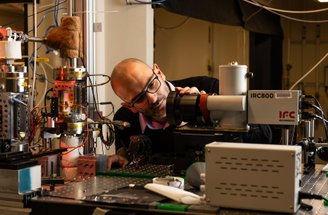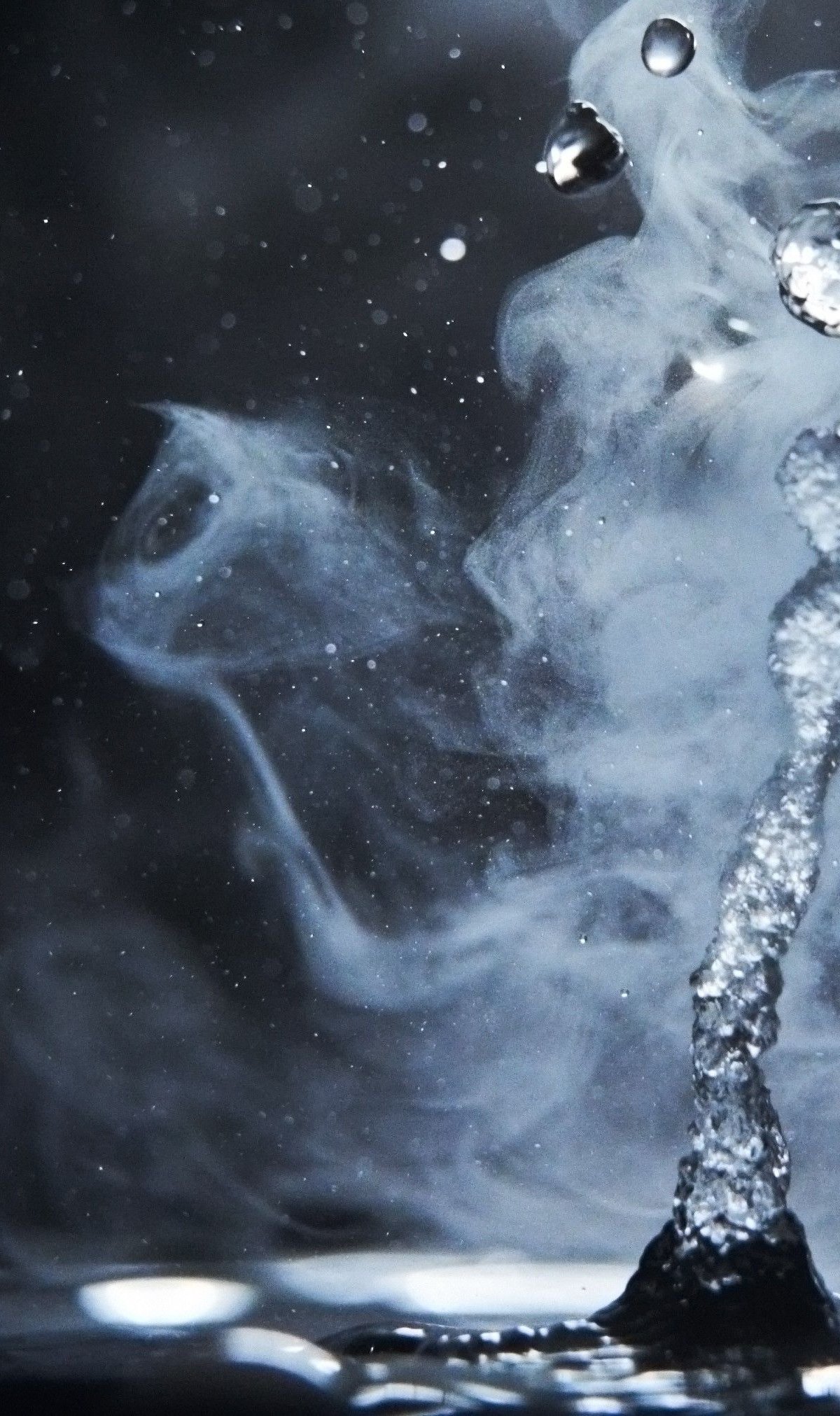Maybe you think that boiling is not such an important issue in terms of science. After all, what could be so important about this event where the liquid boils and turns into gas? However, a team from the Massachusetts Institute of Technology (MIT) claims that: A better understanding of boiling could lead to significant advances in nuclear reactor technology, space propulsion systems and other fields.
In an official MIT publication, Associate Professor Matteo Bucci explains that understanding the physics behind boiling is crucial, especially for the energy sector.
The researcher notes that this process, which turns liquid into gas, could be vital for improving energy efficiency, cooling electronics, functioning medical equipment and much more. He underlines that although it is an issue of great importance in terms of nuclear safety, its application goes far beyond nuclear reactors.
Currently, 80% of nuclear power plants that produce electricity use water boiling systems for cooling purposes. But Professor Bucci extends his focus beyond the nuclear sector. His research also focuses on applications in space propulsion, energy storage, electronic cooling, and computer cooling systems..
Although it is a widely used reaction, the current understanding of boiling still limits many projects in the energy sector. Therefore, the MİT officer’s offer To develop new techniques to investigate all phenomena related to heat transfer and boiling.
“The effectiveness of the boiling process on the surface of the nuclear reactor shell determines the efficiency and safety of the reactor. It’s like a car: You want to accelerate, but there is an upper limit. For a nuclear reactor, this limit is determined by the heat transfer during boiling. To understand this limit and improve reactor performance We are interested in how this limit can be overcome,” Matteo elaborates in the MIT publication.
How to use decoction in cooling?
It may seem counterintuitive, but boiling is essential for cooling nuclear reactors. After all, doesn’t the liquid during boiling get hotter and heat the equipment even more?
In fact, the liquid reaches its boiling point and turns into vapor, and cooling occurs in this process. During a change of situation The liquid absorbs a large amount of heat and transfers thermal energy to vapor without increasing its temperature.
For example, in a nuclear reactor, the heat generated by fission is dissipated by boiling water. After boiling, hot steam is removed from the environment around nuclear reactors. There are other systems that use water and liquid to cool reactors, but most work similarly to the one mentioned.
“The boiling point is the temperature at which the pressure exerted by the environment on a liquid is equal to the pressure exerted by the vapor of the liquid. Adding heat under these conditions causes the liquid to turn into vapor without increasing the temperature. At any temperature, a liquid partially vaporizes in the space above it until the pressure exerted by the vapor reaches a characteristic value called the vapor pressure of the liquid,” explains the encyclopedia Britannica.
boiling study
Bucci used experimental methods to understand various phenomena. but his priority was the so-called ‘boiling crisis’. In this case, bubbles form quickly and create a layer of vapor, which prevents efficient heat dissipation. The author’s suggestion is to develop a way to predict when boiling will reach this point to avoid ineffective cooling.
In the Chernobyl disaster, which occurred near the city of Pripyat in Ukraine, the unsafe design of the RBMK reactor and human error led to the explosion. Although this was not the main problem, the steam generated during the boiling process caused the accident. Because of this and other disasters, nuclear safety is considered very important.
In addition to developing new techniques for understanding boiling and heat transfer, The scientist’s team is investigating materials and coatings that increase efficiency in boiling processes.

Bucci is also working on two-phase immersion cooling, a technique that can cool computer chips in databases (data centers) in addition to contributing to reducing carbon dioxide emissions. In this method, The hot parts of the servers cause the liquid to boil, and the resulting steam dissipates the heat in the system, creating a continuous cooling cycle.
“We wanted to create a way to accelerate progress by bringing together computer and thermoscience scientists. To accelerate this process, we need to attract these experts to our field. It is possible that artificial intelligence will allow us to understand or instantly understand things that cannot be observed. At least guide us in the dark as we search for the causes of many problems, ” explains Bucci.
The scientist underlines that advances in the field of artificial intelligence (AI) can make significant contributions to boiling cooling studies. The idea is Apply AI to analyze large amounts of data and studies in the region, which can enable new perspectives and innovative solutions.
Matteo states that he will continue to research different properties of the boiling point in order to develop new solutions for different industries that use this technique to cool equipment.
Did you know that there is a nuclear reactor in the heart of São Paulo? Discover how it works and what its contributions are to science and technology: Explore the nuclear reactor in the middle of São Paulo. Until next time!
Source: Tec Mundo
I’m Blaine Morgan, an experienced journalist and writer with over 8 years of experience in the tech industry. My expertise lies in writing about technology news and trends, covering everything from cutting-edge gadgets to emerging software developments. I’ve written for several leading publications including Gadget Onus where I am an author.












